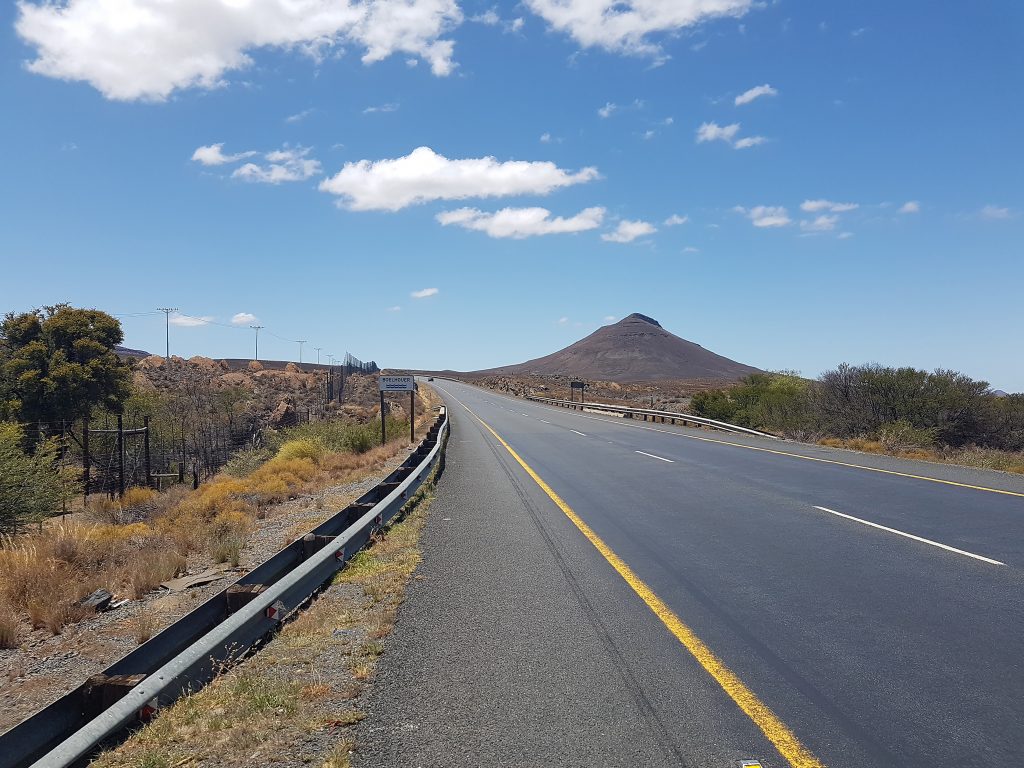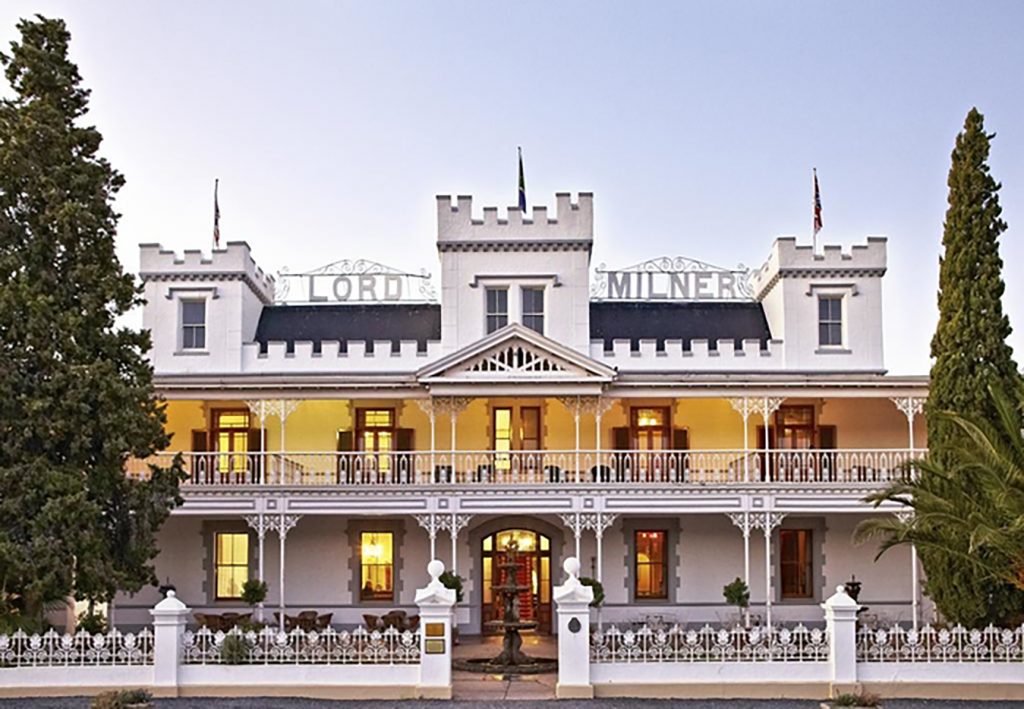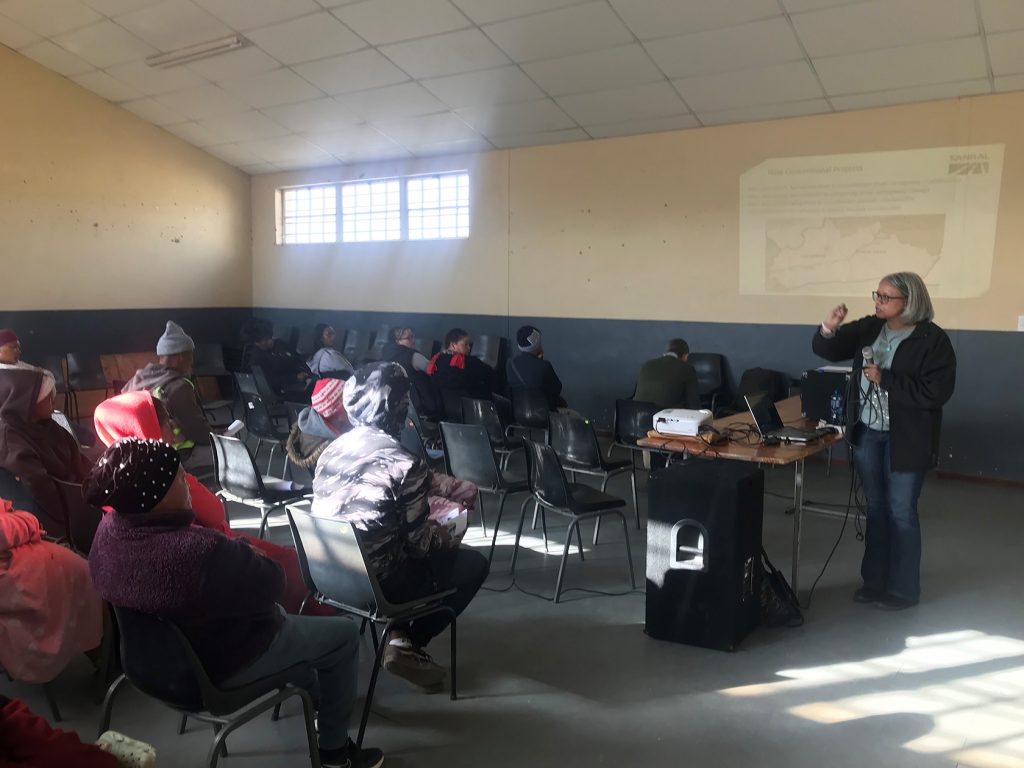SANRAL’s upgrade of the N1 between Monument River and Doornfontein will make a significant contribution to the economy of the Central Karoo over the next 2.5 years. With 30% of the contract value – equating to over R220 million – prioritised for subcontracting to SMMEs, the wheels of economic recovery can begin to turn.
Local labour will largely be sourced from Matjiesfontein. Preserved as a National Heritage Site since 1975, Matjiesfontein is visited many domestic and foreign travellers to take a selfie at the Lord Milner Hotel (built in 1899), and marvel at the museums and Victorian cottages.
However, many members of the community experience a reality of poverty, unemployment and inequality, and for them and many other similar communities this project can begin to carve a pathway out of poverty.
The scope of works entails construction of a new carriageway so that the N1 becomes a four-lane, divided dual carriageway. Opportunities for project participation include, among others, clearing vegetation for the westbound carriageway, construction of gravel farm access roads, asphalt surfacing, reconstructing two existing bridge structures, and reconstructing seven major drainage structures, as well as new bridges and culverts.
“We are mindful that the N1 is a major economic artery and carries significant traffic between Cape Town and Johannesburg every day. As such, two-way traffic
will always be allowed, with access to landowners constantly maintained. We will construct the new westbound carriageway – including all structures – while traffic stays on the existing road. Once complete, we will switch all traffic onto the new carriageway, to allow reconstruction of the existing eastbound carriageway,” explained SANRAL Project Manager Tiago Massingue.
Routine road maintenance
While major conventional construction projects come around once every eight to 10 years, maintenance of that infrastructure is ongoing. Not only is routine road maintenance (RRM) critical to preserving the infrastructure, it also ensures a continuous flow of economic benefits for communities all along the national road network.
For the next three years, the R60 million RRM project in the Laingsburg Local Municipality, will directly contribute to employment of local labour in Laingsburg, Matjiesfontein, Prince Albert and Leeu-Gamka.
“Community engagement is key to successfully rolling out projects in South Africa, and SANRAL made a point of direct engagements with all affected communities
in the project area. The hunger for project participation and the preparedness of the leadership in the various communities to work with us in ensuring maximum benefit and participation opportunities for local labour, particularly women, youth and persons with disabilities, breathes life into an otherwise purely technical solution,” said SANRAL Project Manager Imelda Julies.
Oversight
All SANRAL projects are rolled out with a Project Liaison Committee (PLC) in place to conduct oversight and satisfy themselves and the communities or structures they represent, that the processes for appointment of subcontractors and local labour are fair and transparent.
PLC members were democratically elected by the communities themselves, and have been inducted to ensure that they understand their role and are ready to stand alongside SANRAL in serving the people of the Central Karoo.




